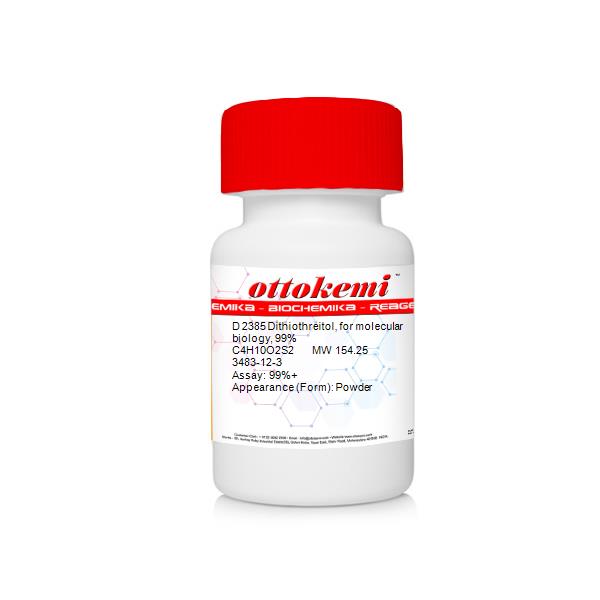

In summary, ammonia treatment has the potential to decrease the concentration of AFB1 and alleviate the adverse effects of AFB1.Īflatoxins are naturally occurring high-toxic secondary metabolites, which cause worldwide environmental contaminations and wastes of food and feed resources and severely threaten human health. In comparison to C and AT, feeding T decreased (p < 0.05) the concentrations of total protein, immunoglobulin A, immunoglobulin G, immunoglobulin M, superoxide dismutase, and total antioxidants and increased (p < 0.05) the concentrations of alanine amino transferase, malondialdehyde, and interleukin-6. The results showed decreases (p < 0.05) in average daily feed intake, nutrient digestibility of dry matter, crude protein and ether extract, and retained nitrogen, and an increase (p < 0.05) in urine nitrogen excretion in sheep fed diet T compared with those fed the other diets. Twenty-four female mutton sheep with an initial body weight of 50 ± 2.5 kg were randomly assigned to one of three groups: (1) control diet (C) (2) aflatoxin diet (T control diet supplemented with 75 μg of AFB1/kg of dry matter) and (3) ammoniated diet (AT ammoniated aflatoxin diet). volvacea and other fungi.Įxperiments were conducted to evaluate the effects of an aflatoxin B1 (AFB1)-contaminated diet treated with ammonia on the diet detoxification and growth performance, nutrient digestibility, nitrogen utilization, and blood metabolites in sheep. These findings could form the basis of further studies on the degeneration mechanism of V. volvacea strains, with the results found to be consistent with prior observations regarding enzyme activities. Reverse transcription polymerase chain reaction (RT-PCR) was eventually used to analyze the gene expression for lignocellulase and antioxidant enzymes in subcultured V. Determination of reactive oxygen species (ROS) content as well as enzyme activity showed that decreased lignocellulase activity, along with excessive accumulation of ROS, was concomitant with the subculture-associated degeneration of V. Strains S13–S20, obtained after 13–20 months of mycelial subculturing, also lacked the ability to produce fruiting bodies during cultivation experiments. With increasing number of subculture, the growth rate, mycelial biomass, the number of fruiting bodies and biological efficiency gradually decreased while the production cycle and the time to primordium formation was lengthened. volvacea strains S1–S20 were obtained, and their characteristics throughout the subculture process were analyzed. After 20 months of continuous subculturing every 3 days, V. volvacea, but excessive subculturing can also lead to strain degeneration. Periodic mycelial subculture is a common storage method for V. As a fungus with poor tolerance to low-temperature, Volvariella volvacea cannot delay its degradation by long-term low temperature storage like other fungi, so its degradation is particularly severe, which hinders industrial applications.

Strain degradation is a common problem in many artificially-cultivated edible mushrooms.

These findings reveal that solid-state fermentation of cereals with edible fungi is an environmentally friendly and efficient approach for degrading AFB1 in cereals and improving the nutritional composition of cereals. We found for the first time that Ganoderma sinense could not only secrete highly active laccase and efficiently degrade AFB1 in corn by 92.91%, but also improve the nutritional quality of corn. More importantly, 6 edible fungi with high laccase activity and good growth could efficiently degrade AFB1 in cereals. The growth of different edible fungi varied significantly in corn, rice and wheat. Submerged fermentation results showed that 17 of the 51 edible fungi had maximum laccase activity exceeding 100 U/L. Results from plate assays confirmed that 51 of the 55 tested edible fungi could secrete laccase. The objective of this study was to screen edible fungi with high laccase activity and determine their effects on the degradation of AFB1 in cereals and the nutritional composition of the cereals through solid-state fermentation. Laccase, a green catalyst, has been shown to effectively degrade AFB1 and can be obtained from edible fungi. Aflatoxin B1 (AFB1) is extremely harmful to human and livestock.


 0 kommentar(er)
0 kommentar(er)
